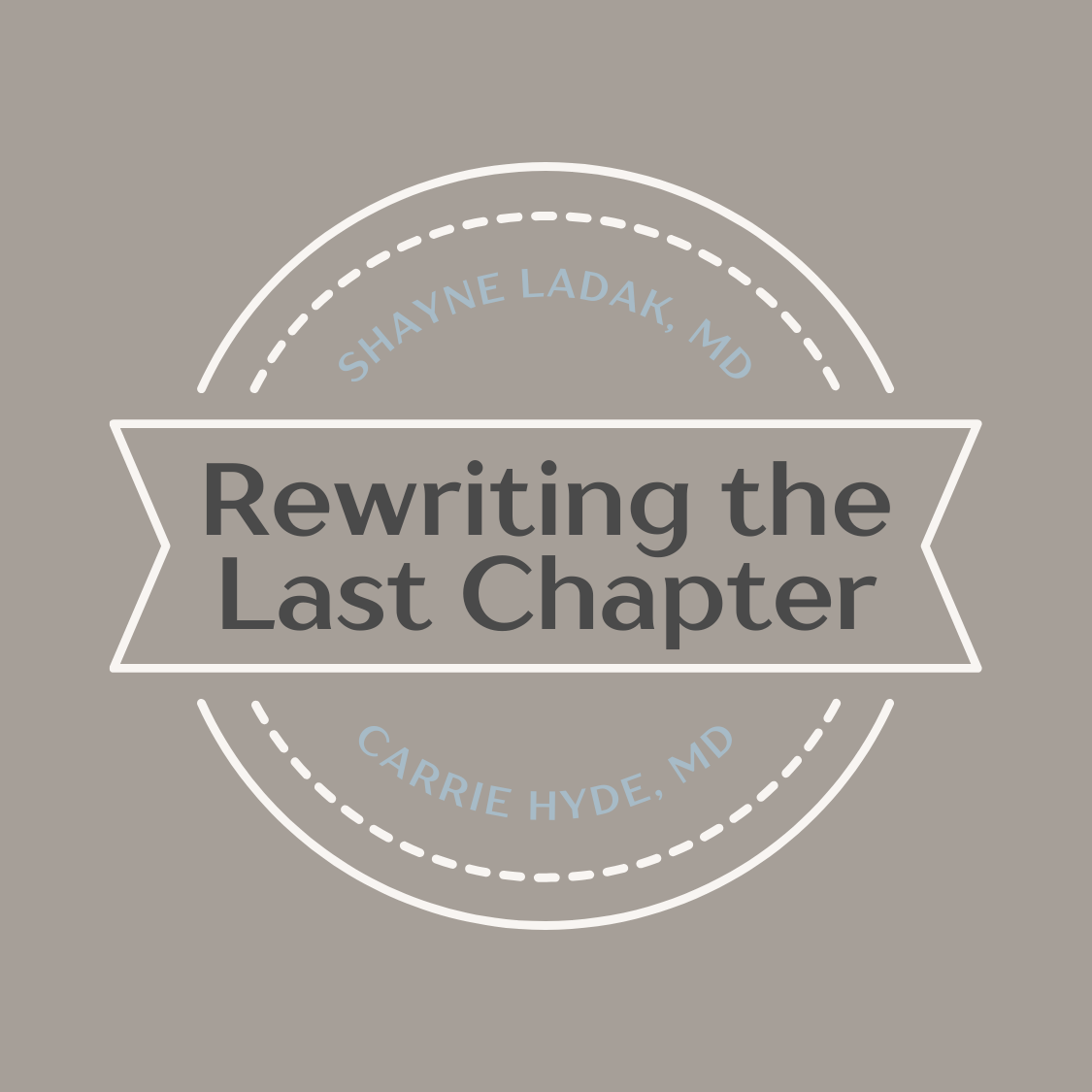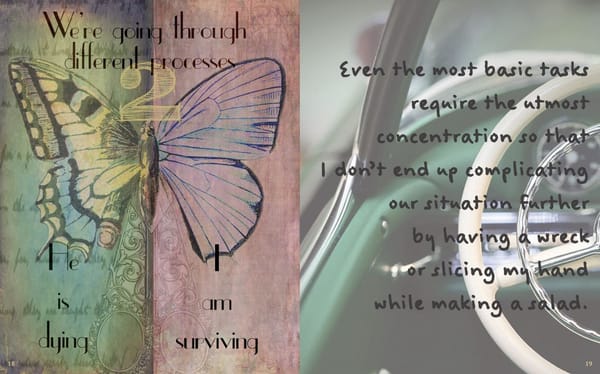Humanism at the Heart of Hospice and Palliative Care

In a world driven by data, deadlines, and diagnostics, humanism in medicine can sometimes feel like a quiet whisper in a crowded room. Yet, in hospice and palliative care, humanism is not just present—it’s the pulse.
At its core, humanism in palliative care is the unwavering belief that each person—regardless of age, diagnosis, prognosis, or background—is worthy of dignity, respect, and empathy. This philosophy goes beyond treating symptoms; it seeks to understand the person behind the illness. Their story. Their fears. Their hopes. Their idea of what it means to live well… and what it means to die well.
Listening Before Doing
Palliative care providers often meet people at some of the most vulnerable moments of their lives. Before reaching for a prescription pad or a care plan, the first step is listening. What matters most to this individual? Is it staying at home? Attending a grandchild’s graduation? Finding relief from pain so they can enjoy a quiet meal with family?
By centering care around personal goals, providers help align treatments with what truly matters to patients and families—not just what’s medically possible.
Whole-Person, Whole-Family Support
Humanism acknowledges that serious illness affects more than just the patient. Families carry invisible burdens: emotional distress, caregiver fatigue, anticipatory grief. A humanistic approach recognizes and supports this shared journey—through counseling, spiritual care, respite, and honest conversations that foster clarity and comfort.
In hospice, where curative treatment gives way to comfort-focused care, humanism becomes even more visible. The goal shifts from adding days to life to adding life to days. We begin to ask: How can we create meaning in the time that’s left? What brings peace? What would a good death look like for this person?
Dignity as a Guiding Principle
A hallmark of humanistic palliative care is preserving dignity, even when physical independence or cognition declines. Dignity means honoring choices—whether that’s refusing treatment, deciding when to stop aggressive interventions, or choosing the setting in which one wishes to die.
It also means recognizing the sacredness of each life, regardless of how complex, messy, or uncertain things become. In the face of a healthcare system that often prioritizes efficiency, humanistic care dares to slow down—to sit beside, to bear witness, and to offer presence over prescriptions.
Reclaiming Humanity in Modern Healthcare
As palliative and hospice providers, we are tasked with navigating the delicate intersection between science and soul. The medications we prescribe, the procedures we recommend, and the prognoses we discuss must all be grounded in humanity. This isn't soft medicine—it's profoundly skilled and deeply intentional care.
In a world that often avoids conversations about mortality, humanism gives us a compass. It reminds us that healing doesn’t always mean curing. That presence can be more powerful than procedures. And that sometimes, the most important thing we can offer is ourselves—fully present, fully listening, fully human.
In palliative and hospice care, the most powerful interventions are not always found in a syringe or a scan, but in compassion, connection, and the radical act of honoring each person’s unique journey.





